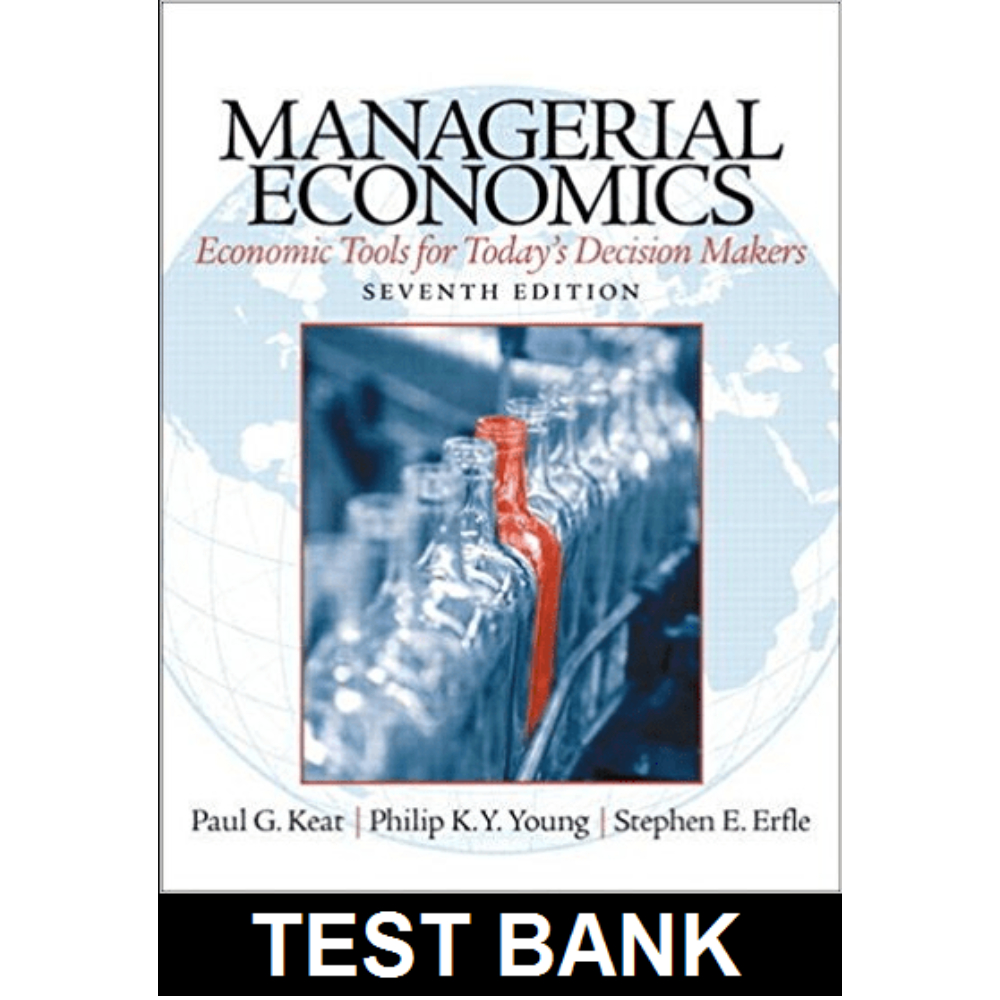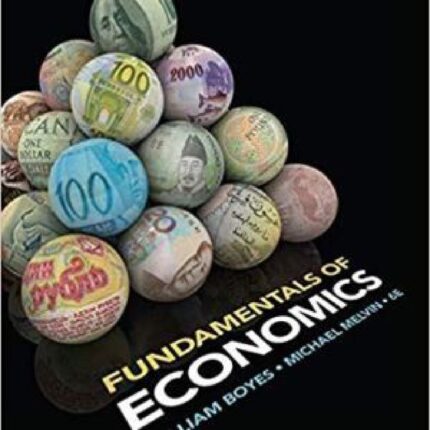Chapter 11 Game Theory and Asymmetric Information
Multiple-Choice Questions
1) Asymmetric information represents a market situation in which
- A) all parties to a transaction possess less than full information.
- B) one party in a transaction has more information than the other party.
- C) some information possessed by the parties in a transaction may be false.
- D) a zero-sum game exists.
Answer: B
Diff: 2
2) In a zero-sum game
- A) the gains of one player are less than the gains of the other player.
- B) the gains of one player are greater than the gains of the other player.
- C) the gains of one player directly reflect the losses of another player.
- D) the gains and losses of players are all expressed in zeros.
Answer: C
Diff: 2
3) The Prisoner’s Dilemma is an example of
- A) market signaling.
- B) a zero-sum game.
- C) a non-zero sum, non-cooperative game with a dominant strategy.
- D) adverse selection.
Answer: C
Diff: 3
4) Moral hazard is the
- A) outcome of a Prisoner’s Dilemma.
- B) result of market signaling.
- C) risk associated with a Dutch auction.
- D) risk that one party to a contract may alter its post-contract behavior to the detriment of another party.
Answer: D
Diff: 3
5) If banks face a problem in loan markets when bad credit risks are the ones most likely to seek bank loans, it is described as
- A) moral hazard.
- B) moral suasion.
- C) adverse selection.
- D) fraud.
Answer: C
Diff: 2
6) John takes out a student loan at a bank but spends his money in Las Vegas to play at the casino. This situation is an example of
- A) moral hazard.
- B) moral suasion.
- C) adverse selection.
- D) fraud.
Answer: A
Diff: 2
7) Market signaling
- A) is a way of conveying information to other parties in a transaction where asymmetric information exists.
- B) represents a dominant strategy in a multi-player game.
- C) results in an optimum solution to a beach kiosk scenario.
- D) None of the above
Answer: A
Diff: 2













Reviews
There are no reviews yet.